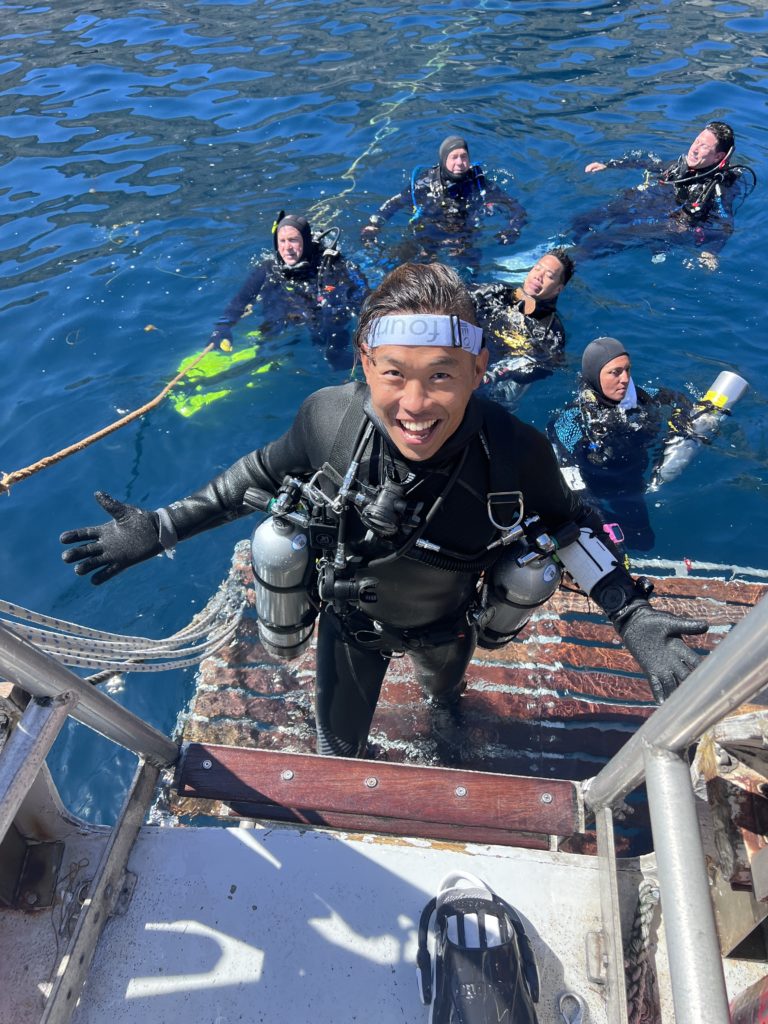
Why Learn Sidemount Diving? Exploring the Benefits Below the Surface
Sidemount diving, once a technique primarily used by cave and technical divers, has rapidly grown in popularity among recreational divers. Rather than wearing tanks on the back as in traditional setups, sidemount diving involves carrying one or two tanks clipped along the sides of the diver’s body. This configuration offers a range of advantages that enhance safety, comfort, and accessibility underwater. Whether you’re an experienced diver looking to expand your skills or a newer diver seeking better control and comfort, here’s why learning sidemount diving is worth considering.
1. Enhanced Comfort and Streamlining
One of the most immediate benefits divers notice with sidemount is the increased comfort. By distributing the weight of the tanks along the sides of the body rather than the back, the load feels lighter and better balanced. This streamlined profile reduces drag underwater, making it easier to glide effortlessly through the water — a huge plus in environments like caves, wrecks, or coral reefs.
2. Improved Buoyancy and Trim
Sidemount encourages better body positioning, or “trim,” which is crucial for efficient movement and air consumption. The lateral placement of tanks allows divers to fine-tune their buoyancy more effectively than in traditional backmount setups. With proper training, sidemount divers often achieve superior trim, resulting in more efficient, graceful, and controlled diving.
3. Redundancy and Safety
Carrying two independent tanks increases gas redundancy. In sidemount, each tank has its own regulator and SPG, meaning if one fails, the other remains fully functional. This self-contained system is ideal for overhead environments where direct ascents aren’t always possible, but it’s also an excellent safety feature for open-water diving.
4. Easier Equipment Handling
Many sidemount divers appreciate the convenience of gearing up. Tanks can be donned in the water rather than being hoisted onto the back before entry — a significant advantage for those with physical limitations or back problems. This makes sidemount an accessible option for a wider range of divers, including older individuals or those recovering from injury.
5. Versatility Across Dive Environments
Originally developed for cave diving, sidemount has proven to be highly adaptable for wreck diving, technical diving, and even recreational open-water diving. Its modular nature makes it easy to switch between single or dual-tank configurations based on dive needs, increasing a diver’s range and flexibility.
6. Increased Situational Awareness
Sidemount divers regularly monitor each tank’s pressure and switch regulators to balance gas consumption. This process fosters a higher level of attentiveness and skill refinement. Over time, this enhanced awareness benefits all aspects of diving — from gas management and buddy communication to emergency preparedness.
7. It’s Simply Fun and Cool
Beyond the practical advantages, many divers find sidemount to be an enjoyable and engaging challenge. It brings a fresh perspective to familiar dive sites, encourages skill mastery, and often sparks a renewed enthusiasm for the underwater world. Plus, let’s face it — it looks pretty slick!
Final Thoughts
Sidemount diving isn’t just a niche technique for tech divers anymore — it’s a versatile, safe, and enjoyable way to dive for anyone willing to learn. Whether you’re seeking greater comfort, enhanced safety, or a deeper understanding of diving mechanics, sidemount opens new horizons underwater. With proper training from a qualified instructor, you’ll gain not only a new certification but also a valuable skill set that enriches your diving adventures for years to come.